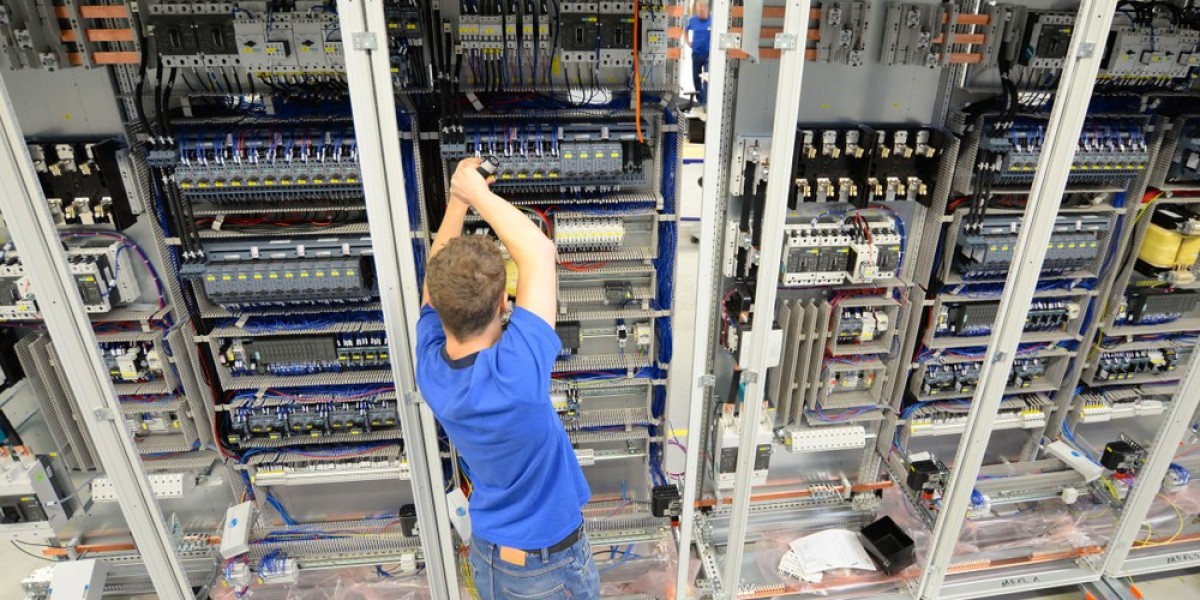In any residential, commercial, or industrial building, the seamless flow of electricity is essential to daily operations. At the heart of this process lies a crucial yet often overlooked component: the electrical distribution panel.
Also known as breaker panels, distribution boards, or electrical panels, these systems play a vital role in safely managing and distributing electrical power throughout a facility. Whether you're an electrician, engineer, facility manager, or homeowner, understanding how these panels work is key to maintaining safety, reliability, and efficiency in any electrical system.
What Is an Electrical Distribution Panel?
An electrical distribution panel is a centralized enclosure that houses circuit breakers or fuses and distributes electricity from the main power source to various circuits within a building. It serves as the command center for the entire electrical system.
Key functions include:
Distributing electricity to different parts of a building
Protecting circuits from overloads and short circuits via breakers
Allowing control over individual circuits for maintenance or upgrades
Providing safety by isolating faulty circuits when a problem occurs
Types of Distribution Panels
Electrical distribution panels come in various types depending on application, scale, and complexity:
Main Distribution Board (MDB)
Receives power from the utility and supplies it to sub-distribution boards. Used in large facilities.Sub-Distribution Board (SDB)
Installed on each floor or section of a building to manage localized power distribution.Final Distribution Board (FDB)
Delivers power directly to the end-user devices like lighting, sockets, and appliances.Panelboards vs. Switchboards
Panelboards are typically used in commercial or residential buildings.
Switchboards are larger and handle higher power loads, often in industrial settings.
- Power Control Center (PCC)
Are also used in commercial or residential buildings.
The Future of Distribution Panels:
With the rise of smart buildings and Industry 4.0, electrical panels are becoming more intelligent. Smart distribution boards offer:
Remote monitoring and control via mobile apps or cloud dashboards
Real-time energy consumption data for efficiency improvements
Predictive maintenance alerts to prevent costly downtime
Integration with IoT devices, solar systems, and energy management platforms
These advancements make power systems more efficient, sustainable, and easier to manage.
Closing Insights
An electrical distribution panel may be hidden behind a door or in a back room, but it is the unsung hero of modern electrical infrastructure. As the central hub for managing, protecting, and distributing electrical power, it ensures that lights turn on, machines run, and systems stay safe.
Whether in a smart home or a high-voltage industrial plant, the right distribution panel—designed, installed, and maintained correctly—is essential to keeping power flowing safely and efficiently.






